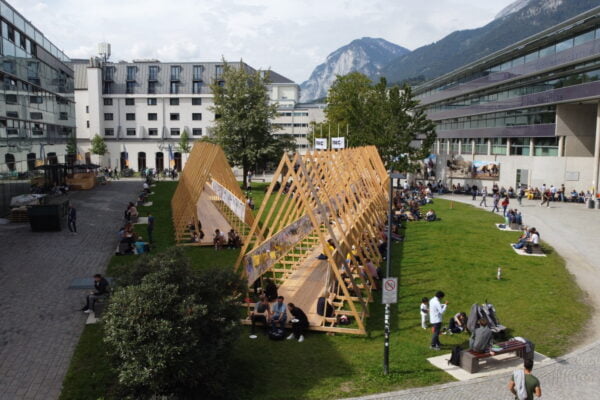
NAME:
SOWI - Garden
BUILDING:
SOWI
FLOOR:
0
TYPE:
Garden
CAPACITY:
2000
ACCESS:
Public Access
EQUIPMENT:
---
In recent decades, the rate of change in species richness in European mountain summits has increased and been correlated with rising temperatures. However, evidence of seasonal soil moisture deficit as a potentially emerging driver has rarely been discussed. In fact, species richness changes have been strongest on calcareous bedrock, so that limestone mountain summits with their shallow soils might serve as early warning signals of species redistributions.
Here, we present plant species diversity patterns on mountain summits between 2.203 m and 2513 m asl. in the National Park Berchtesgaden in Germany (GLORIA site DE-NPB, resurveyed between 2007 and 2024) along with in situ measured microclimate (growing degree days, snow cover), soil temperature and soil moisture data (Geoprecision+TOMST). For understanding details on species-specific leading and trailing edges, we further draw on recently recorded field data representing three different local species pools, summit (GLORIA NPB), alpine (AlpVeg NPB) and subalpine (Almenkartierung NPB), as well as species occurrence data from other calcareous GLORIA sites across the European Alps.

We and use cookies and other tracking technologies to improve your experience on our website. We may store and/or access information on a device and process personal data, such as your IP address and browsing data, for personalised advertising and content, advertising and content measurement, audience research and services development. Additionally, we may utilize precise geolocation data and identification through device scanning.
Please note that your consent will be valid across all our subdomains. You can change or withdraw your consent at any time by clicking the “Consent Preferences” button at the bottom of your screen. We respect your choices and are committed to providing you with a transparent and secure browsing experience.